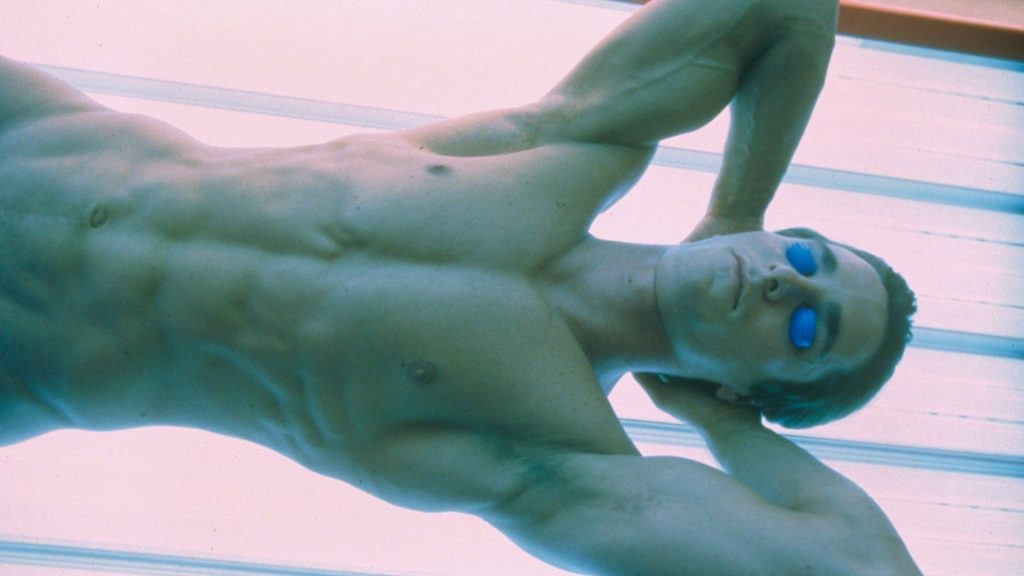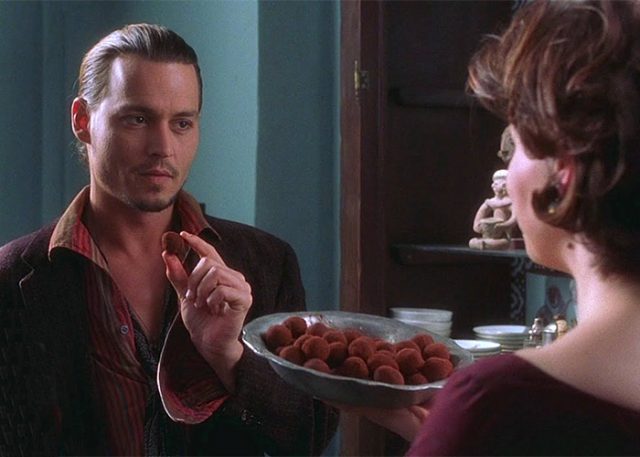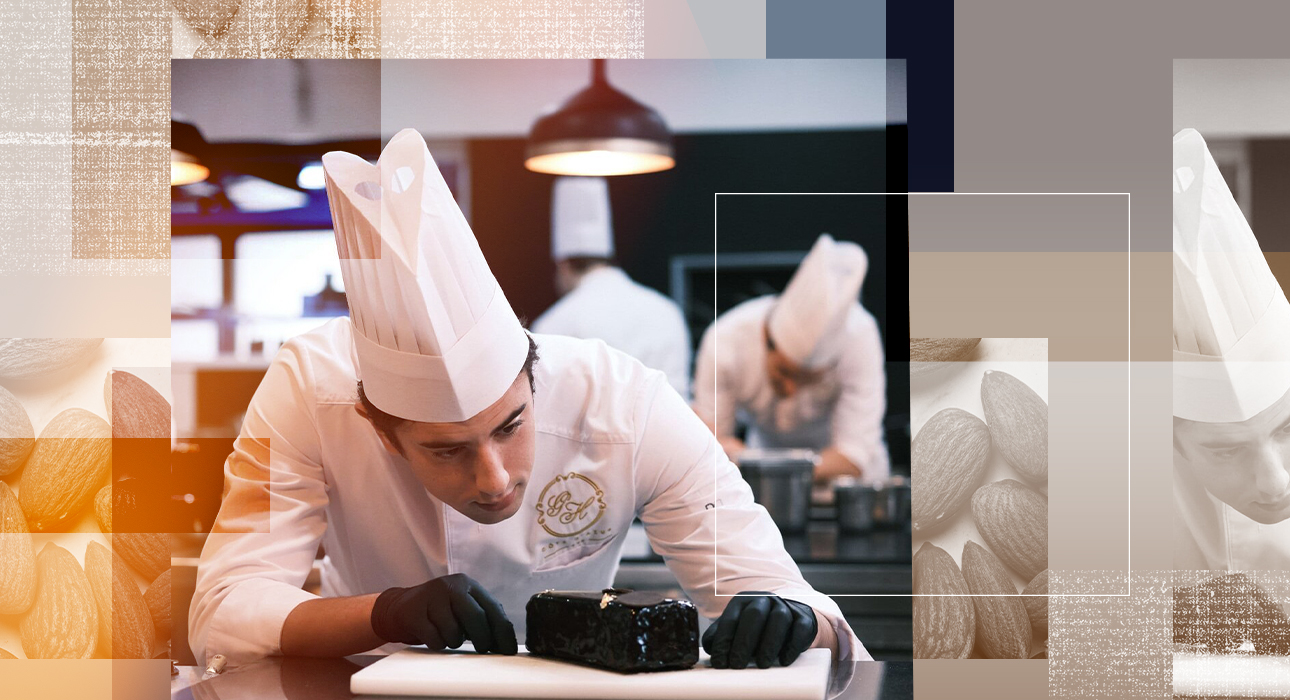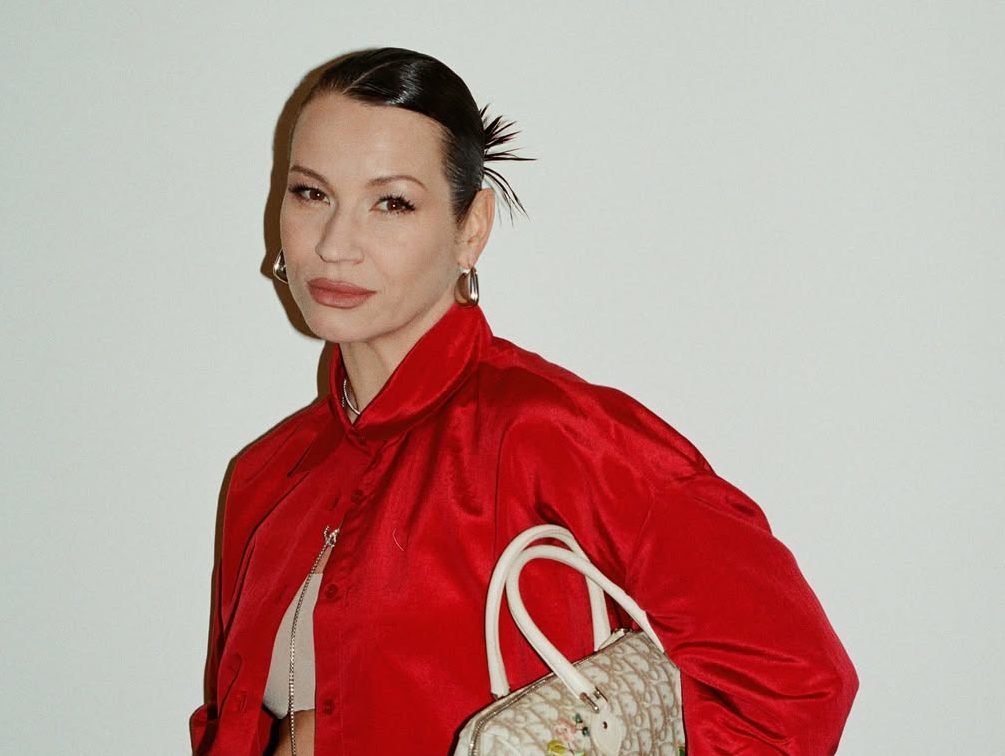
Is it possible to bring the problem skin as close to the ideal as possible? Pasikhat Magomedova, the founder of the COSMOPRO clinical network and Acne School, our plastic surgeon, beautician columnist, is confident that it is possible to help at any stage of acne, and shares the most popular myths of people who face us today. believe this is the problem.
Pasihat Magomedova
Myth #1: Clay masks, alcohol-based lotions, and tar soaps are great for acne.
No way. As a rule, owners of problem skin tend to aggravate the problem by drying the epidermis. Yes, oily and problem skin can also be dehydrated. What will the results be? More sebum to protect against moisture loss. A feeling of tension, peeling, sometimes itching – the skin becomes sensitive and reactive.
Myth 2: The best acne treatment is skin cleansing
This is not entirely true. Combined skin cleansing (peeling, Hydrafacial apparatus, manual cleansing) is just one of the skin healing stages. As a rule, the first stage is a chemical peel and possibly a peeling process that can be combined with cleaning in one procedure. BBL-therapy, Clear Skin program, which helps to strengthen its effect in the fight against acne-causing bacteria. And of course 50% of success is the right home care.
Recommendation. Home appliances can never replace a professional cleaning combination, because the skin needs to be prepared to completely clean the pores. But for a supportive effect, a device from a quality manufacturer will be useful.
Myth 3: There is no difference between a chemical peel at the office and a peel at home.
Not! Scrub is a formula containing abrasive particles (polymer balls or pitted bones) that mechanically exfoliate the stratum corneum. The problem is that when rubbing with an abrasive, the barrier layer of the skin can break (especially when it comes to mass-market cosmetics), the content of inflammatory elements spreads on the face – that is, acne can increase. .
The chemical peeling procedure, or rather the mixture of chemical agents in one formula, works in a completely different way. Each acid works with its own skin layer and task: it dries, brightens, moisturizes the skin, rejuvenates it. In professional peelings, the pH is lower than 3.5% and the active ingredient concentration is higher (15-35%), therefore, its effect on the skin is more active and aggressive than home care. A medical education is required to understand how acids work based on skin reaction and history and how to replace them and when to neutralize them. This is what gives the desired therapeutic effect of healing the skin.
Myth 4: You can’t use injections for acne
Possible and necessary! Not only with an active inflammatory process. For example, plasma therapy (isolation of one’s own blood plasma enriched with platelets) is an indispensable tool for stimulating local immunity, brightening post-acne spots and improving skin hydration. Biorevitalization (hyaluronic acid injections) with trehalose also has a positive effect.
Recommendation. To prepare the skin for laser resurfacing or microneedle RF removal, it is necessary to perform an injection procedure – plasma therapy or biorevitalization. It is this combination that gives the most vivid and long-lasting result.
Myth 5: Solarium helps with acne

No way. At first, ultraviolet light seems to give a quick effect to dry out the inflammatory elements, but it actually exacerbates the problem. The upper layer of the epidermis is horny, the same “dead scales”. Direct ultraviolet rays always create great stress for the skin, the stratum corneum thickens, sebum clogs the pores, forming large skin plugs and inflamed foci. It causes post-acne pigmentation, which is very difficult to deal with even with the help of hardware techniques, including ultraviolet.
Recommendation. If you miss the sun and the beach in winter, you can have LED therapy based on the visible light spectrum. This device does not emit invisible spectra harmful to the skin: ultraviolet or infrared radiation. Blue light suppresses the inflammatory process, red stimulates collagen, yellow brightens pigmentation. In 30 minutes the cells will be energized and you will get a real anti-stress effect.
Myth 6: Chocolate causes acne

There is not a single clinical study that cocoa beans cause acne. But there’s a proven connection that foods high on the glycemic index negatively impact the microbiome and ultimately affect the skin. Jennifer Barris, author of the Academy of Nutrition: Review on Diet and Acne, studied the diets of more than 200 people and found that those who ate more sugary foods, dairy products, fast-digesting carbohydrates and fats were more likely to be in moderation. severe acne disease.
Recommendation. It is always important to seek advice from a gastroenterologist with acne.
Myth 7: Turmeric suppresses acne
Not! Turmeric is a long-known herbal ingredient in medicine with mild immune-boosting properties. But here the answer would be the same as the chocolate myth.
Myth 8: Acne is incurable, you have to accept yourself as anyone
Partly yes, partly no. Western bloggers really support the idea that it’s normal to have acne. But at the same time, acne is a dermatological skin disease. Therefore, you must accept yourself, but remember that the skin is the largest organ that needs proper support, treatment and care. Yes, one procedure will not be enough. But our patients from different cities achieve beautiful skin in 2-3 months. We regularly organize charity projects in our social networks! To join!
Source: People Talk
I am Anne Johnson and I work as an author at the Fashion Vibes. My main area of expertise is beauty related news, but I also have experience in covering other types of stories like entertainment, lifestyle, and health topics. With my years of experience in writing for various publications, I have built strong relationships with many industry insiders. My passion for journalism has enabled me to stay on top of the latest trends and changes in the world of beauty.





